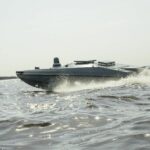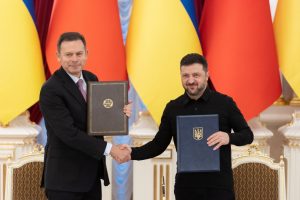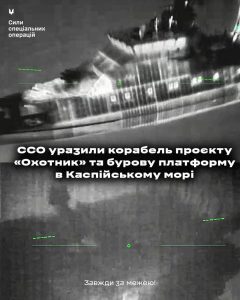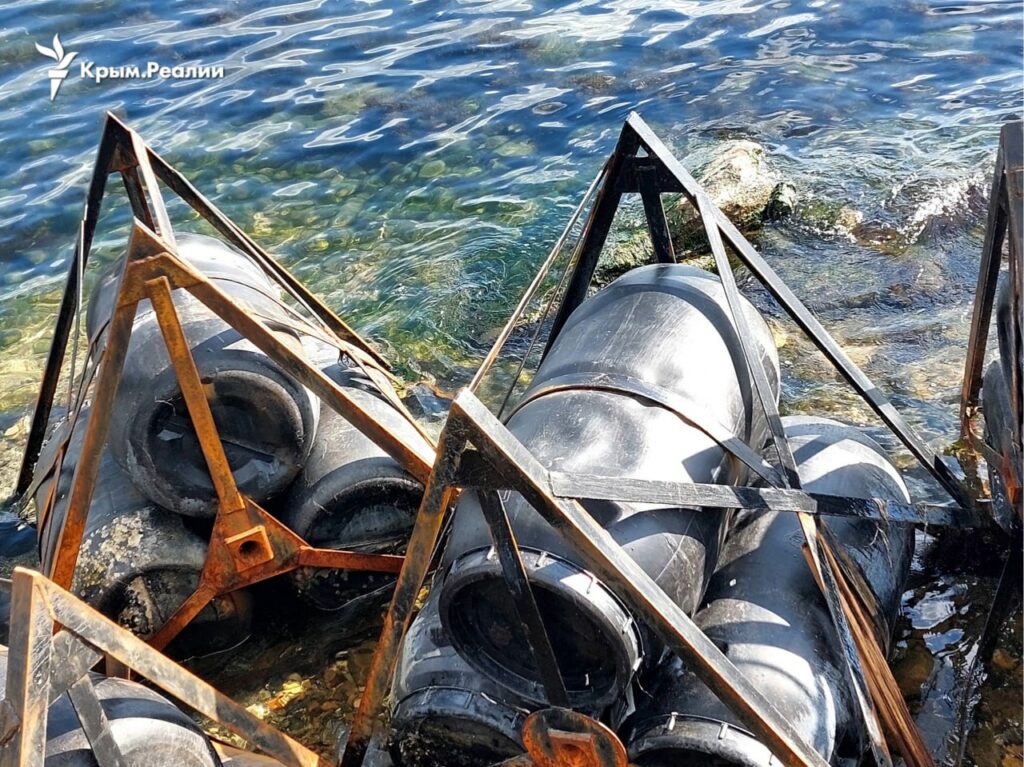The war od drones: how Ukraine will win the battle for the Black Sea
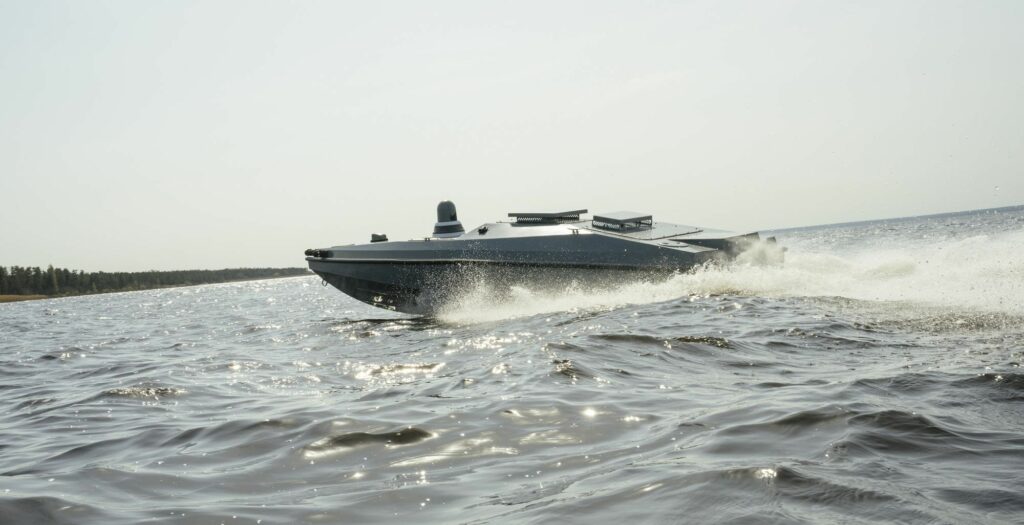
In the conditions of the great war, the unique Ukrainian naval drones became a real challenge for the Russian invaders. These developments forced the enemy to fundamentally change its strategy and significantly reduced the aggressive “appetites” of the Kremlin. Read more about how maritime drones became the night terror of the Black Sea Fleet of the Russian Federation in the USM article.
Russia’s full-scale war against Ukraine has been going on for two and a half years. The aggressor country used almost all available means to attack Ukrainian cities: from artillery to supersonic missiles. The Russians assigned a large role to their Black Sea Fleet for strikes on civilian infrastructure.
Thus, the enemy actively engaged the military fleet to gain control over the coast and seize important ports in the south of Ukraine. At the same time, the invaders relied on Kalibr cruise missiles, which the Russian Federation used to fire at Ukrainian cities from ships and submarines in the Black Sea.
In this way, the Russians hoped to block Ukraine’s sea exports and actually control the flow of food to the countries of Asia and Africa, blackmailing the world with hunger.
However, despite the virtual absence of its own military fleet, Ukraine was able to actively oppose the enemy. For this, it was necessary to adapt to the current conditions and improve the available capacities.
The first turning point in the Russian-Ukrainian war at sea was the defeat in April 2022 of the flagship of the Black Sea Fleet of the Russian Federation, the missile cruiser “Moskva”. Now this day is considered the last for Russian dominance in the Black Sea.
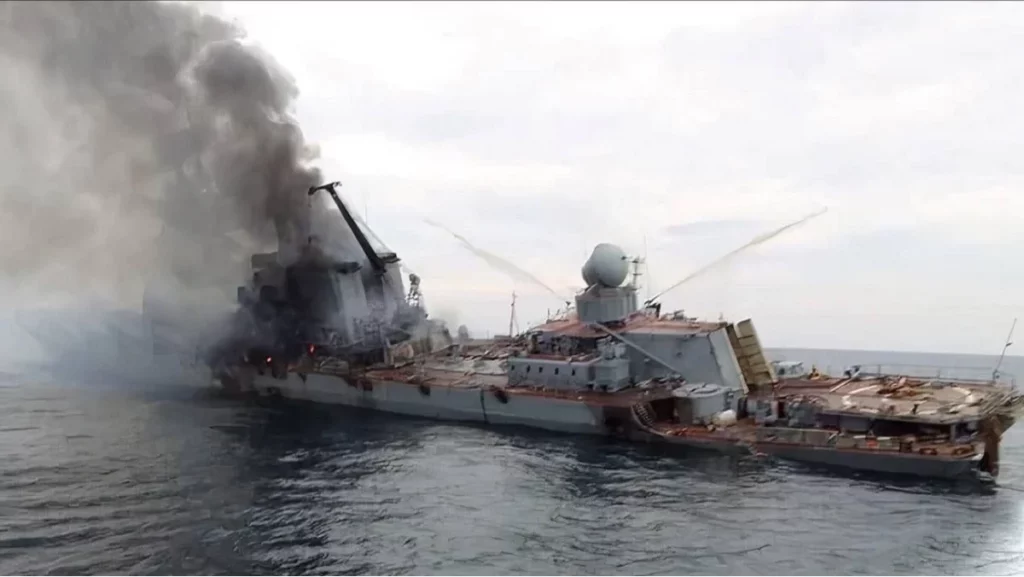
In order to sink the “Moskva”, the Armed Forces of Ukraine attacked the ship with two missiles of the shore complex “Neptun” of domestic production. Before that, it was believed that at least 6-7 cruise missiles were needed to sink such a ship. This event allowed Ukraine to liberate Snake Island from the occupiers already in June, and later to resume the export of grain from the ports of Great Odesa, destroying the Kremlin’s ambitions to fully seize the Black Sea.
As Oleksiy Neizhpapa, the commander of the Armed Forces of Ukraine, noted at the time, the “pearl of the Russian navy” was destroyed due to the self-confidence of the invaders, because they thought that the ship was beyond the reach of Ukrainian air defense forces.
Therefore, the loss of “Moskva” not only reduced the capabilities of the Russian fleet in conducting missile strikes, but also had a significant psychological impact, showing for the first time the weakness of the occupiers’ naval forces at sea.
However, to finally expel the enemy from the Black Sea, the “Neptunes” alone were not enough. Until now, Ukraine had limited capabilities in direct confrontation with Russian large warships. So the question arose of producing more effective, fast and invisible means of combating enemy ships. Then Ukrainian engineers began the production of unmanned kamikaze boats, which were supposed to strike the enemy fleet, remaining invisible to the radars of the Russian Federation.
The first successful combat operations using naval drones took place in August-September 2022, when drones attacked Russian ships off the coast of Crimea. These attacks had a major impact on Russian naval operations, forcing the navy to reconsider its tactics and divert a significant portion of its ships to the more protected port of Novorossiysk.
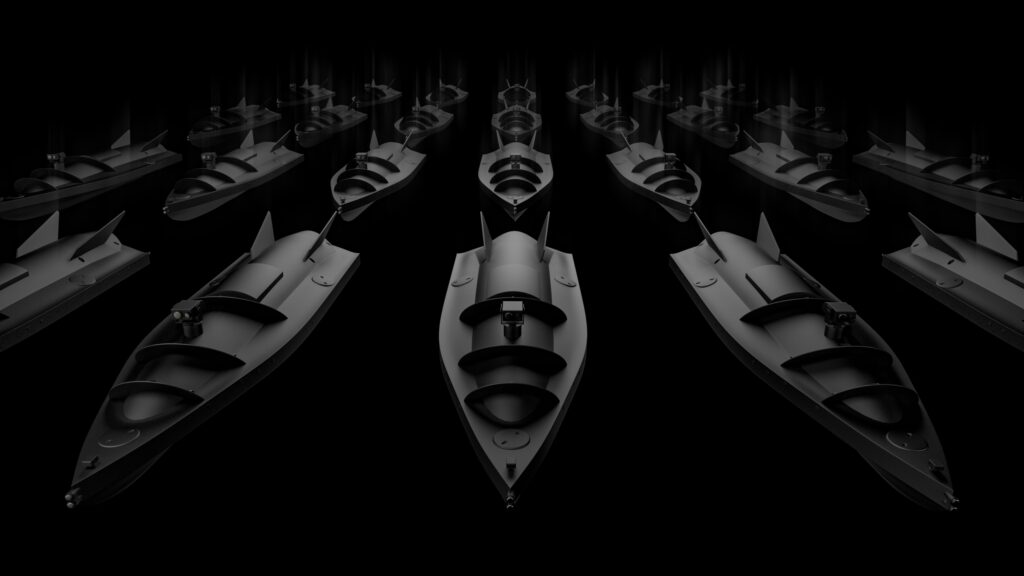
Maritime kamikaze drones have become a powerful tool for Ukraine due to their ability to carry out long-range strike missions without risking human life. They could attack ships even in deep water under full enemy radar and anti-aircraft protection. Kamikaze drones operated autonomously or with remote control and were configured for pinpoint strikes on the most important targets.
This changed the course of the war at sea in favor of Ukraine, as Russia lost the ability to freely use its fleet for blockade and offensive operations.
At the same time, Ukrainian drones have provided constant pressure on the Russian fleet, forcing it to spend more resources on defense and shipwrecks.
Magura
The first and undoubtedly the most famous Ukrainian naval drone, which still successfully destroys the ships of the invaders, is the Magura V5.
This surface drone was developed back in 2022 with the active participation of the Ukrainian defense industry, in particular, design bureaus that worked together with military departments, in particular, with the Ministry of Defense. The development was carried out by the state company STE (Spetstechnoexport), which specializes in defense technologies.
In the early stages, Ukrainian engineers and military experts attempted to modify existing vehicles such as jet skis and motorboats, equipping them with explosives and remote control systems for both river and sea missions.
The founder of the development team, known by the nickname “Borets”, said that at the beginning of development, his team faced the fact that they could not find ready-made platforms that would meet the requirements of combat missions. After visiting several international military exhibitions, specialists decided to work with domestic manufacturers, and it was STE that provided the technological basis for the creation of the Magura V5.
This made it possible to quickly develop the first prototypes, but required constant improvement of hydrodynamic properties and stability on water. In the end, engineers developed a special case using carbon materials to increase strength and reduce visibility to enemy radars.
Most of the technological aspects of the drone remained classified due to military necessity. However, it is known that the developers paid special attention to the automation and optimization of drone control systems. This included the creation of autonomous functions for navigation and obstacle avoidance, which increased the effectiveness of drones in combat.
The Magura V5 drone has the following main technical characteristics:
• Length: 5.5 meters;
• Width: 1.5 meters;
• Height above the water level: 0.5 meters;
• Maximum speed: 42 knots (about 78 km/h);
• Range: up to 450 nautical miles (833 km);
• Combat load: up to 320 kg of explosives;
• Control: Satellite via Starlink and Kymeta as well as terrestrial radio systems.
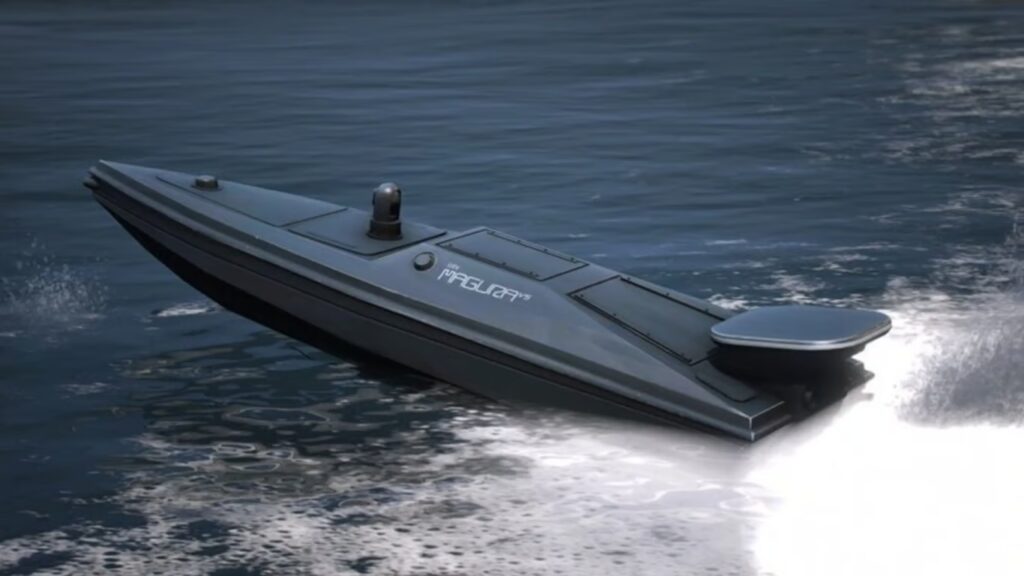
The drone has powerful navigation capabilities thanks to automatic GNSS systems, inertial systems and visual navigation systems. This allows it to work under conditions of active radio electronic suppression. The Magura V5 is also equipped with a thermal reduction system that makes it harder to detect.
The Magura V5 has been actively used since the spring of 2023 in a number of combat operations. One of the most famous missions was the destruction of the Russian reconnaissance ship “Ivan Khurs” in May 2023. The drone operated as part of a group of several drones that coordinated a coordinated attack on the ship, causing significant damage to the vessel. This operation became a demonstration, as it demonstrated how unmanned vehicles can overcome the powerful defenses of large warships.
Magura V5 became an important part of Ukraine’s new maritime strategy. Thanks to these drones, Russia was forced to change its tactics, diverting a significant part of the ships to safer “home ports” such as Novorossiysk. This drone, along with other Ukrainian developments, has created a new reality of naval warfare, where large and expensive ships can be destroyed by much cheaper and more mobile means.
Sea Baby
Another powerful tool for the methodical destruction of the Russian fleet was a drone with the humble name “Sea Baby”.
The idea of creating Sea Baby also arose in Ukrainian military circles in 2022. The drone was developed under the leadership of the SBU as part of a secret project to conduct operations against Russian military vessels and infrastructure.
According to the head of the Security Service of Ukraine Vasyl Malyuk, these drones are a “breakthrough innovation”, and exclusively Ukrainian specialists participated in their creation without the participation of private companies or foreign partners. The development process took place under secret conditions, since it was about extremely sensitive combat technologies. Sea Baby was presented as a key vehicle for conducting long-range operations and launching large strikes against strategic targets.
The main characteristics of the Sea Baby surface drone:
• Combat load: up to 850 kg of explosives;
• Operating range: more than 800 km;
• Maximum speed: up to 80 km/h;
• Autonomy: up to 60 hours.
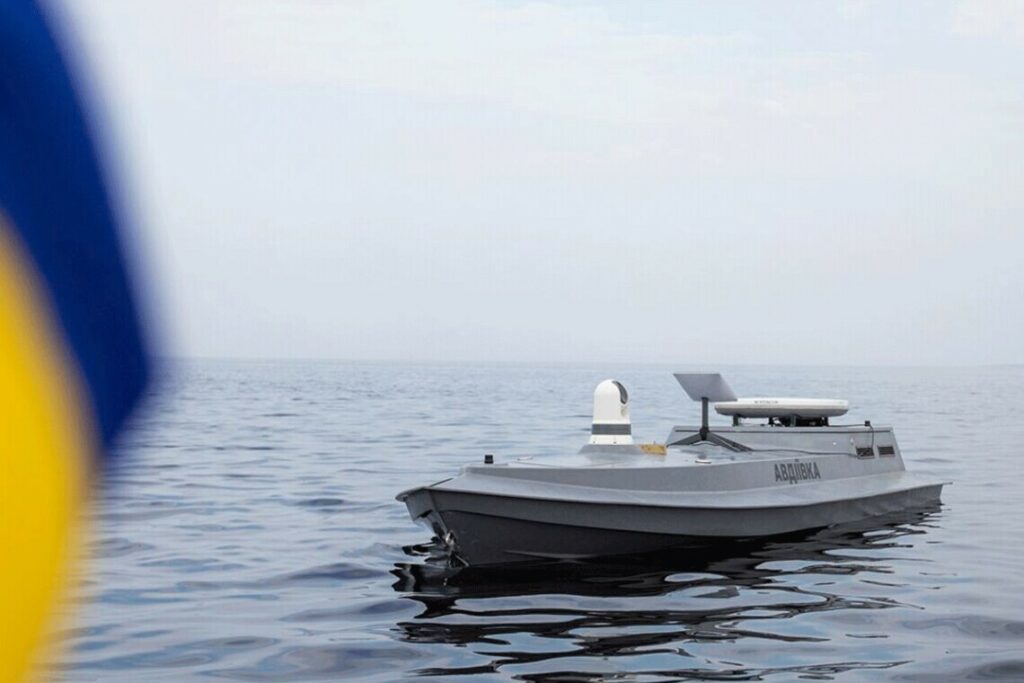
This drone is characterized by high mobility and the ability to covertly move over long distances. Thanks to satellite guidance and infrared cameras, Sea Baby can perform missions in difficult conditions, including at night or with active radio electronic suppression by the enemy.
Among the most famous “sea babies” operations: the attack on the Crimean Bridge on July 17, 2023. Then two drones were able to damage the supports and span of the bridge.
In September 2023, these drones hit the Samum small missile ship, and soon the project 22160 patrol ship “Pavel Derzhavin”, the tug “Professor Nikolay Muru” and the reconnaissance boat “Vladimir Kozytsky” were damaged by the Sea Baby attack.
The first combat use of “sea babies” took place in October 2022 during the attack on the so-called Crimean Bridge. The strike was a significant event in the war, as the bridge is a key piece of Russian infrastructure used to transport military equipment to Crimea. Later, in July 2023, the drone was used again to attack the bridge, causing significant damage to the structure’s supports.
The main difference between the SeaBaby and the Magura V5 is its high level of autonomy and greater explosive power – 850 kg compared to the Magura’s 320 kg. Sea Baby is designed to attack large and heavily defended targets such as bridges or large warships.
Mamai
A less well-known, but no less effective surface drone is the Mamai. This drone was also developed by the SBU for special operations in the Black Sea. Its main feature is its high speed, which allows it to develop up to 110 km/h, which made it the fastest object in the Black Sea as of the end of 2023.
The drone’s explosive power varies depending on the mission, but similar to the SeaBaby, the drone is typically used to engage large military targets. The length of Mamai reaches about 6 meters.
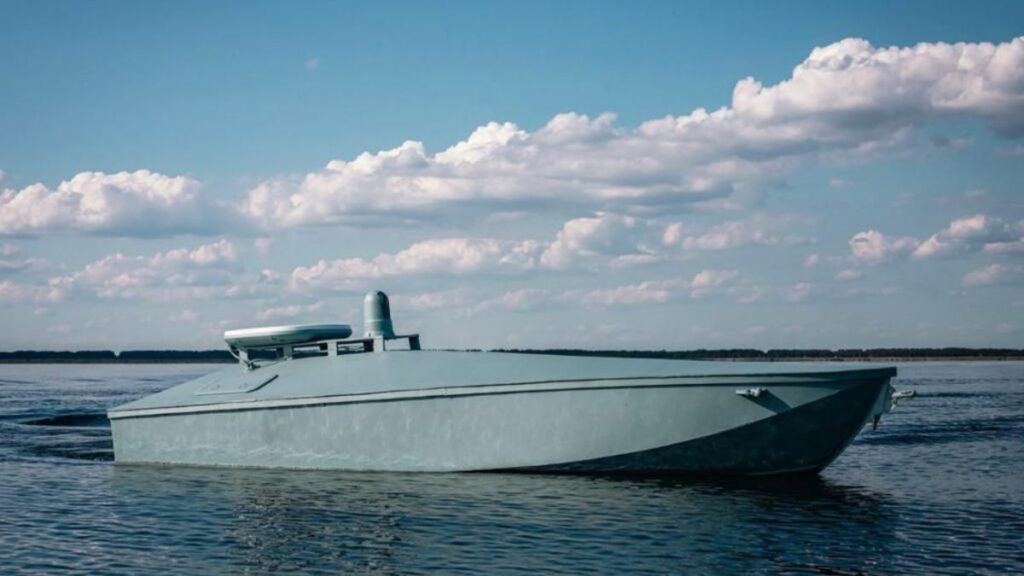
The development of the Mamai drone, like previous models, has been ongoing since the beginning of 2022. According to the head of the SBU, Vasyl Malyuk, these drones were the result of long-term work by Ukrainian engineers who worked under conditions of high secrecy at underground plants.
Mamai was used for a series of attacks on Russian warships, including:
• damage to the amphibious assault ship “Olenegorsky Hornyak” in the water area of Novorossiysk. This attack was one of the most successful operations at sea in 2023;
• attacks on the patrol ship “Pavel Derzhavyn”;
• damage to the tanker “Sig”, which was supplying the Russian forces.
Drones have also been used to attack other important military targets, such as reconnaissance vessels and tugboats. This, in turn, greatly complicated the operations of the Russian fleet in the Black Sea.
Mamai stands out among other Ukrainian drones for its incredible maneuverability, which allows it to successfully carry out attacks even on well-protected targets. Due to its technical characteristics, the Mamai is an effective weapon for quick and sudden strikes, particularly in situations where it is important to avoid detection or attack the target before it can react.
Toloka
In addition to unmanned boats, the Defense Forces of Ukraine are also developing the latest underwater drones. One such is the “Toloka TLK-150”.
The main company that is engaged in its development remains classified, but it is known that it is one of the key Ukrainian defense companies that works in close cooperation with the military departments of Ukraine.
Features of the Toloka TLK-150 underwater drone:
• Length: 2.5 meters
• Maximum explosive power: up to 500 kg of explosives
• Autonomy: up to three months in standby mode
• Navigation type: automatic control using GNSS and inertial systems
• Maximum diving depth: Information is currently limited, but the drone can operate at significant depths.
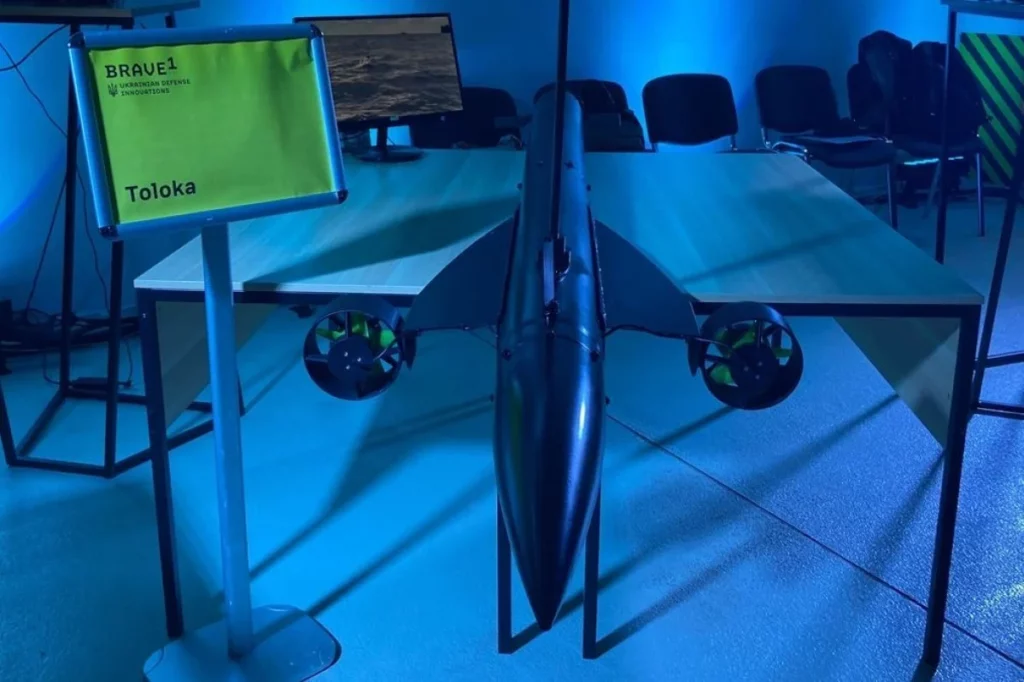
Currently, little is known about this development. However, as the developers note, the underwater drone is capable of attacking Russian submarines and ships, hitting the enemy’s critical infrastructure, as well as conducting demining and maritime reconnaissance operations.
One of the key features of the “Toloka TLK-150” is its ability to stay in standby mode for up to three months, allowing it to remain undetected until it is attacked. This makes it ideal for operations in difficult and dangerous areas, such as the Black Sea, where the Russian Navy actively uses electronic warfare.
“Toloka TLK-150” is distinguished by several innovative solutions. Thus, due to its high autonomy, the drone can perform long-term missions without the constant intervention of the operator. At the same time, special body materials and innovative solutions in the field of thermal masking make this drone practically invisible to enemy surveillance systems.
At the same time,”Toloka” can be equipped with both explosive means for attack and special equipment for reconnaissance operations, making it a versatile solution for conducting naval warfare.
According to its design characteristics, the TLK-150 has much smaller dimensions compared to surface kamikaze boats. Only the antenna and cameras will be above the surface of the water, which makes its detection, both by radar systems and visually, more of a theoretical discussion than a practical reality.
Marichka
“Marichka” is an autonomous underwater drone created by volunteer engineers and funded through donations. The development of “Marichka” was undertaken by the volunteer company AMMO Ukraine.
The Unmanned Aerial Vehicle is designed to deliver serious strikes against Russian ships, bridges, and critical infrastructure. It has high resistance to means of radio-electronic warfare, which makes it effective in conditions of strong electronic opposition.
The first tests of the drone took place in August 2023, and it has already passed a series of successful tests. Marichka is expected to be used as a kamikaze drone to attack enemy targets underwater, where ships are less protected.
Main characteristics:
• Length: 6 meters;
• Width: 1 meter;
• Operating range: up to 1000 km;
• Cost: approximately UAH 16 million ($430,000).
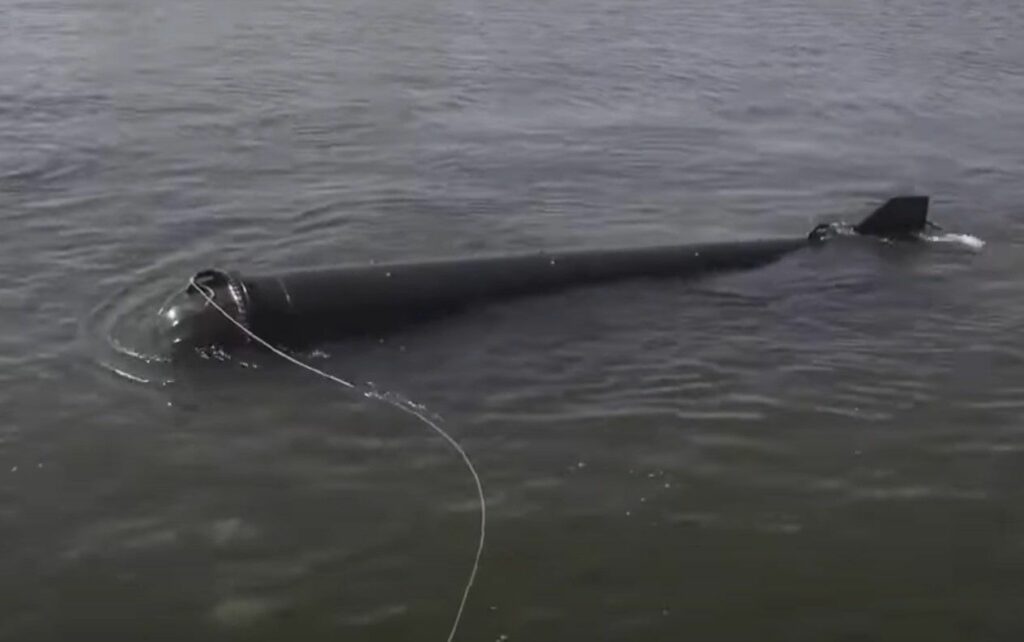
The developers also note that the drone can operate at a depth beyond the reach of standard means of detection.
FURY
“FURY” (First Ukrainian Robotic Navy) is another ambitious underwater autonomous drone project being developed in Ukraine for use in naval combat operations. It is aimed at performing complex missions, such as defeating underwater and surface targets at long distances, as well as performing reconnaissance and mine protection operations.
Data on the drone’s main features are currently limited, but it is predicted that the drone can carry torpedoes to attack underwater targets and, like the “Toloka”, operate for long periods of time without operator intervention. The drone also has a wide range of sensors for reconnaissance missions.
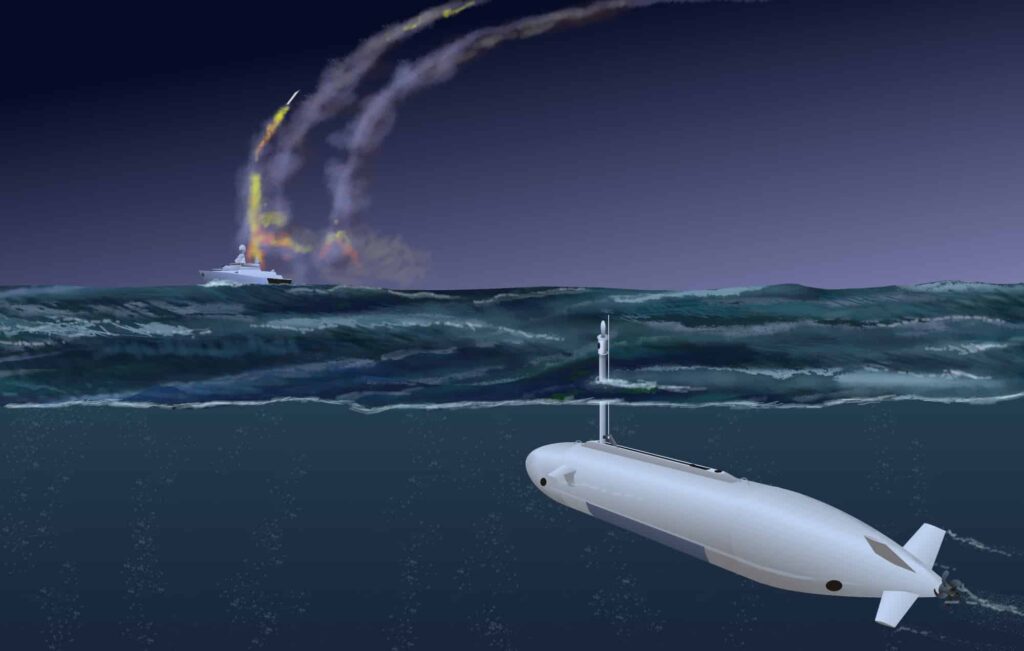
This is a new project that began to be developed in 2023 as part of the “First Ukrainian Robotic Fleet” initiative. The main impetus for the creation of this drone was the growing need for new means to counter Russian underwater and surface forces in the Black Sea. The project is supported by the Ministry of Defense of Ukraine, which aims to use “FURY” to ensure effective maritime defense.
“FURY” is produced by a group of Ukrainian engineers in close cooperation with international partners. The developers decided not to create a drone from scratch, but based on already existing platforms, which were adapted for combat missions. This made it possible to significantly reduce the development time and reduce the risks associated with new technology.
Previously, USM wrote that Defense Intelligence told how the Magura V5 marine drones operate.
